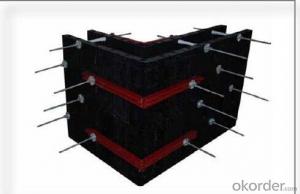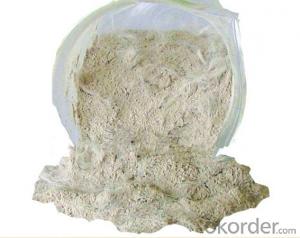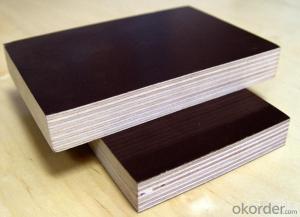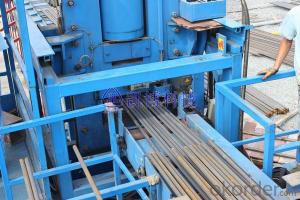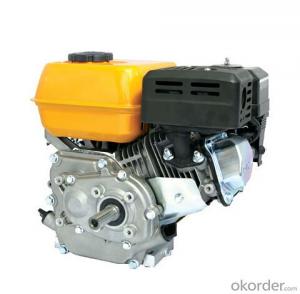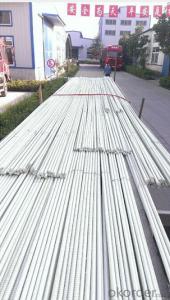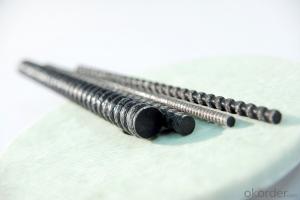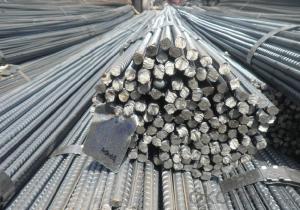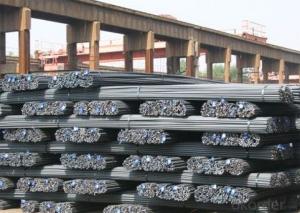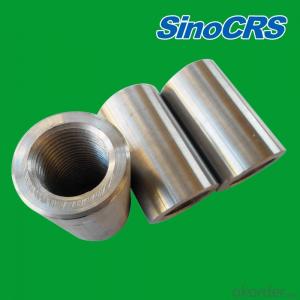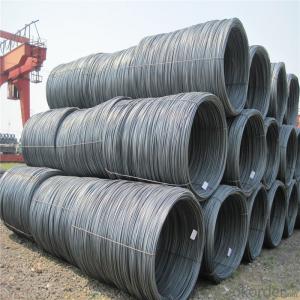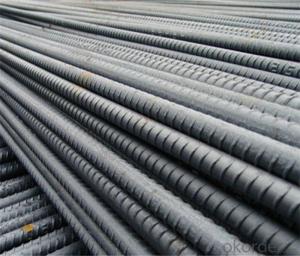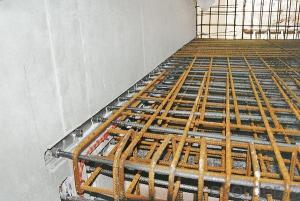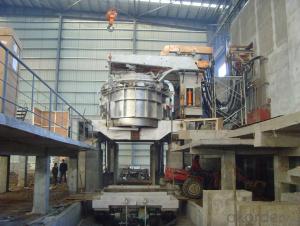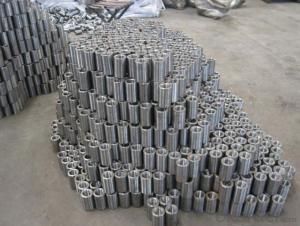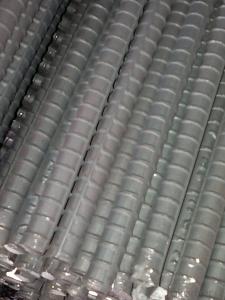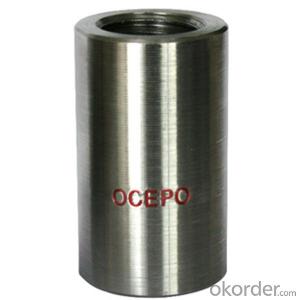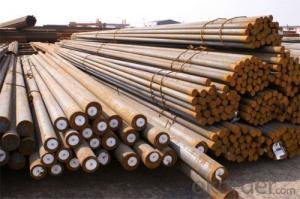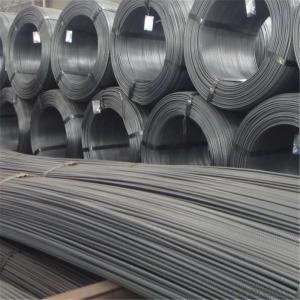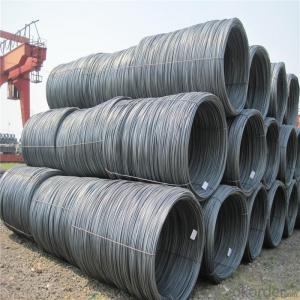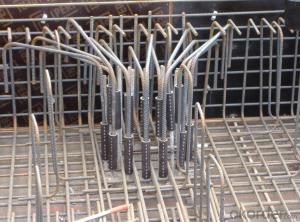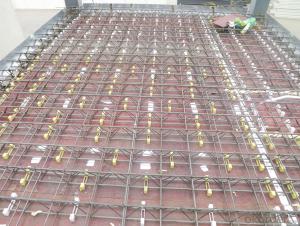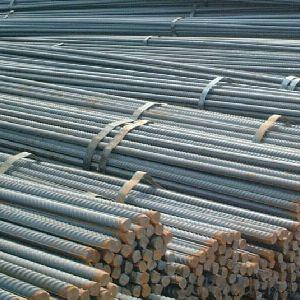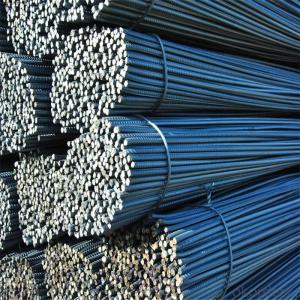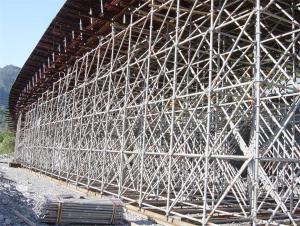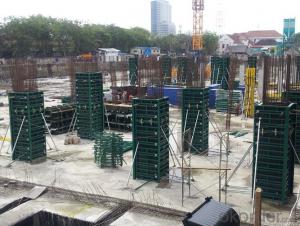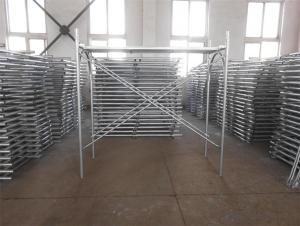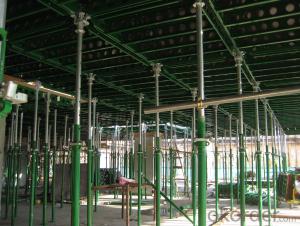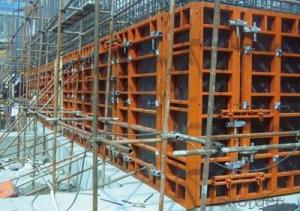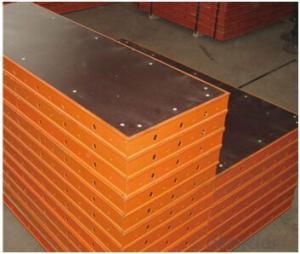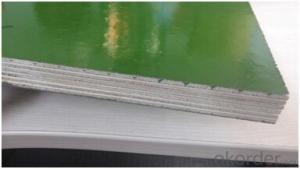When Was Rebar Invented
When Was Rebar Invented Related Searches
When Was Rebar InventedHot Searches
12Mm Mdf PriceWhen Was Rebar Invented Supplier & Manufacturer from China
Okorder.com is a professional When Was Rebar Invented supplier & manufacturer, offers integrated one-stop services including real-time quoting and online cargo tracking. We are funded by CNBM Group, a Fortune 500 enterprise and the largest When Was Rebar Invented firm in China.Hot Products
FAQ
- There are several ways in which the use of steel frame formwork contributes to the overall sustainability of a construction project. To begin with, steel is an extremely durable material that can withstand the demands of construction. This durability ensures that the formwork system will last a long time, reducing the need for frequent replacements. As a result, there is a decrease in waste generation and resource consumption. Furthermore, unlike traditional timber formwork that is often discarded after one use, steel frame formwork can be dismantled and reused multiple times. This significantly reduces material waste and minimizes the environmental impact of the construction process. Moreover, steel is a recyclable material. Once it reaches the end of its useful life as formwork, steel frames can be recycled and used to create new steel products. This helps to reduce the demand for new materials and conserve natural resources. In addition, steel frame formwork offers flexibility in design and construction. Its modular nature allows for easy customization and adjustment, minimizing the need for excessive material cutting and reducing construction waste. This adaptability also ensures efficient resource use and decreases the overall environmental footprint of the project. Furthermore, steel frame formwork enables faster construction compared to traditional formwork systems. This results in reduced energy consumption, lower carbon emissions, and a smaller environmental impact. In conclusion, the use of steel frame formwork promotes sustainability in construction projects by promoting durability, reusability, recyclability, flexibility, and efficiency. By incorporating steel frame formwork, construction projects can minimize waste, conserve resources, reduce carbon emissions, and create more sustainable built environments.
- The time it takes to set up steel frame formwork can vary depending on various factors such as the size and complexity of the project, the experience and expertise of the construction team, and the availability of necessary equipment. Generally, it can take anywhere from a few hours to a few days to set up steel frame formwork for a typical construction project.
- There are several types of formwork joints used with steel frame formwork, including butt joints, lap joints, and corner joints. Butt joints are used to connect two form panels end-to-end, creating a seamless joint. Lap joints involve overlapping two form panels, allowing for added strength and stability. Corner joints are used to connect form panels at a 90-degree angle, ensuring a secure and precise connection. Each type of joint serves a specific purpose in ensuring the integrity and durability of the steel frame formwork system.
- Yes, steel frame formwork is suitable for both residential and commercial construction projects. Steel frame formwork is a versatile and durable system that provides excellent support and stability during concrete pouring and curing. It is designed to withstand heavy loads and can be easily adjusted and reused for multiple projects. Steel frame formwork offers precise and accurate construction, ensuring that the final structure is of high quality. Additionally, steel frame formwork allows for faster construction as it can be easily assembled and disassembled, saving time and labor costs. Overall, steel frame formwork is a reliable choice for both residential and commercial construction projects.
- When selecting the appropriate formwork for different concrete finishes, several considerations need to be taken into account. Firstly, the desired finish of the concrete plays a crucial role. Smooth finishes may require formwork with a high-quality surface, such as steel or plastic, to minimize imperfections. On the other hand, rough or textured finishes may benefit from formwork made of wood or plywood, as it can easily be manipulated and shaped to achieve the desired outcome. Additionally, the complexity of the project should be considered. For intricate designs or curved surfaces, flexible formwork systems like fabric or flexible plywood can be more suitable. These materials offer more maneuverability and adaptability to accommodate unique shapes. The type of concrete being used is another important factor. Different types of concrete have varying setting times, strengths, and consistencies. The formwork selected should be able to withstand the pressure exerted by the concrete during the pouring and setting process. Moreover, the duration of the project and the number of reuses are crucial considerations. If the formwork will be used multiple times, durable materials like steel or aluminum are preferred due to their longevity and ability to withstand wear and tear. However, for one-time or short-term projects, less expensive options like wood or plywood can be cost-effective. Lastly, the budget and availability of materials should be taken into account. Some formwork materials may be more expensive or harder to source than others, so it is essential to consider the project's financial constraints and the availability of materials in the local market. Overall, the selection of appropriate formwork for different concrete finishes involves evaluating factors such as desired finish, complexity, type of concrete, project duration, budget, and material availability. By carefully considering these considerations, the right formwork can be chosen to achieve the desired concrete finish efficiently and effectively.
- Yes, there are restrictions on the type of reinforcement that can be used with steel frame formwork. The type and arrangement of reinforcement should be compatible with the design and strength requirements of the structure. It is important to follow the specifications and guidelines provided by the structural engineer to ensure proper integration and compatibility between the reinforcement and the steel frame formwork.
- Steel frame formwork contributes to the overall safety of a construction project by providing a stable and secure structure for concrete pouring. It ensures the accurate alignment and support of the formwork, protecting workers from potential hazards such as collapsing or shifting structures. The robustness and strength of steel frame formwork enhance the durability and reliability of the construction, reducing the risk of accidents or structural failures during and after the project.
- Glass partition, square box outsourcing 1mm thick stainless steel, glass middle is how to set the quota
- The edge of the glass with epoxy resin and solid wall such as granite wall adhesion (which went to the production of glass curtain wall) will not allow the use of styrofoam! Because of adhesion, shear capacity, etc..

